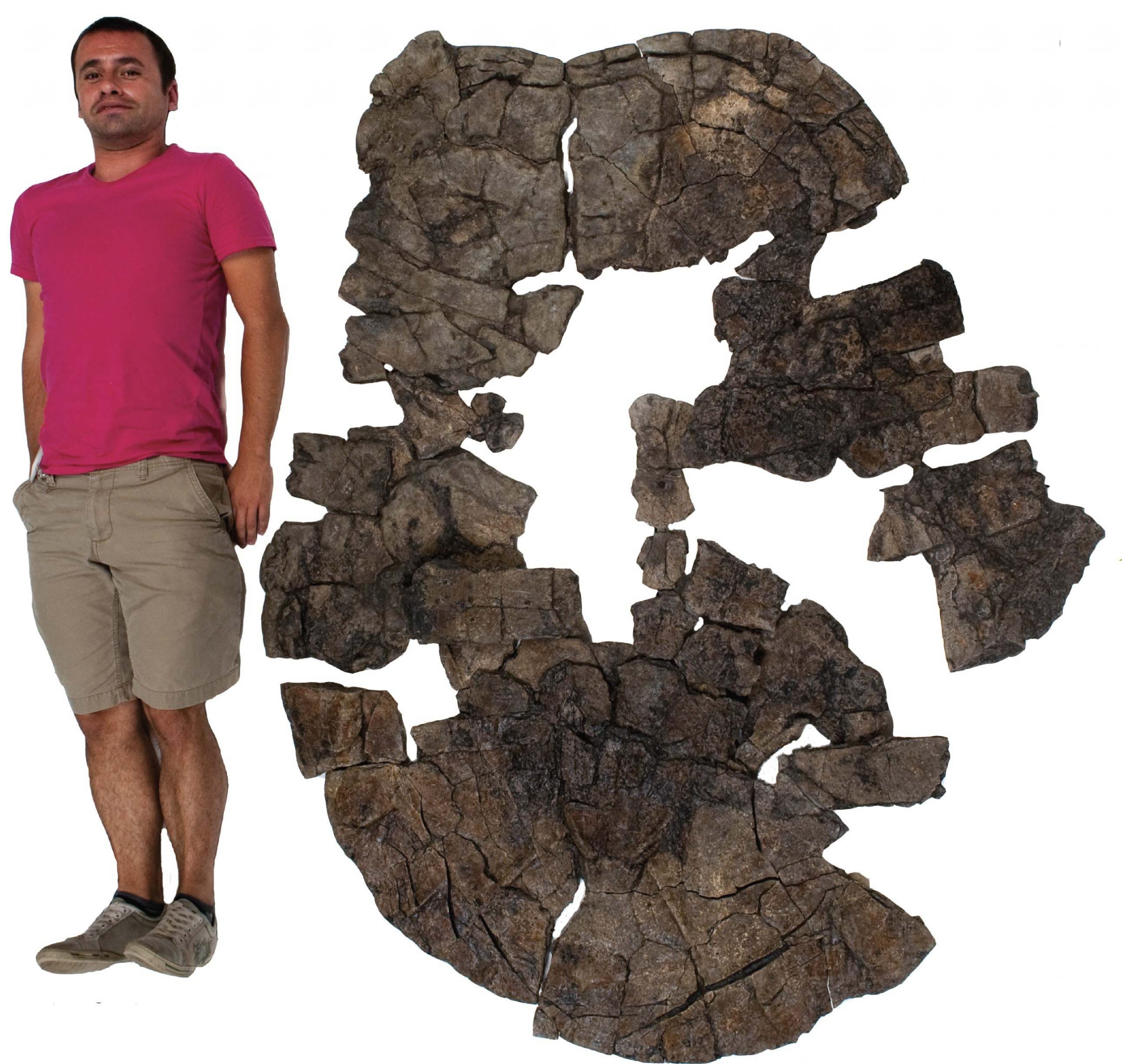So you want to be a conservationist? Think of the community
When we consider all the conservation challenges facing our world and society, we know that communicating effectively to the community is not only helpful but necessary. However, many inspiring projects in various conservation areas have failed to succeed—not because the scientific background was not there or because the financial resources were unavailable—but because the community’s support was not entirely there. One of the elements to a successful conservation project is a strong connection to the community, especially during the early stages of project planning.
